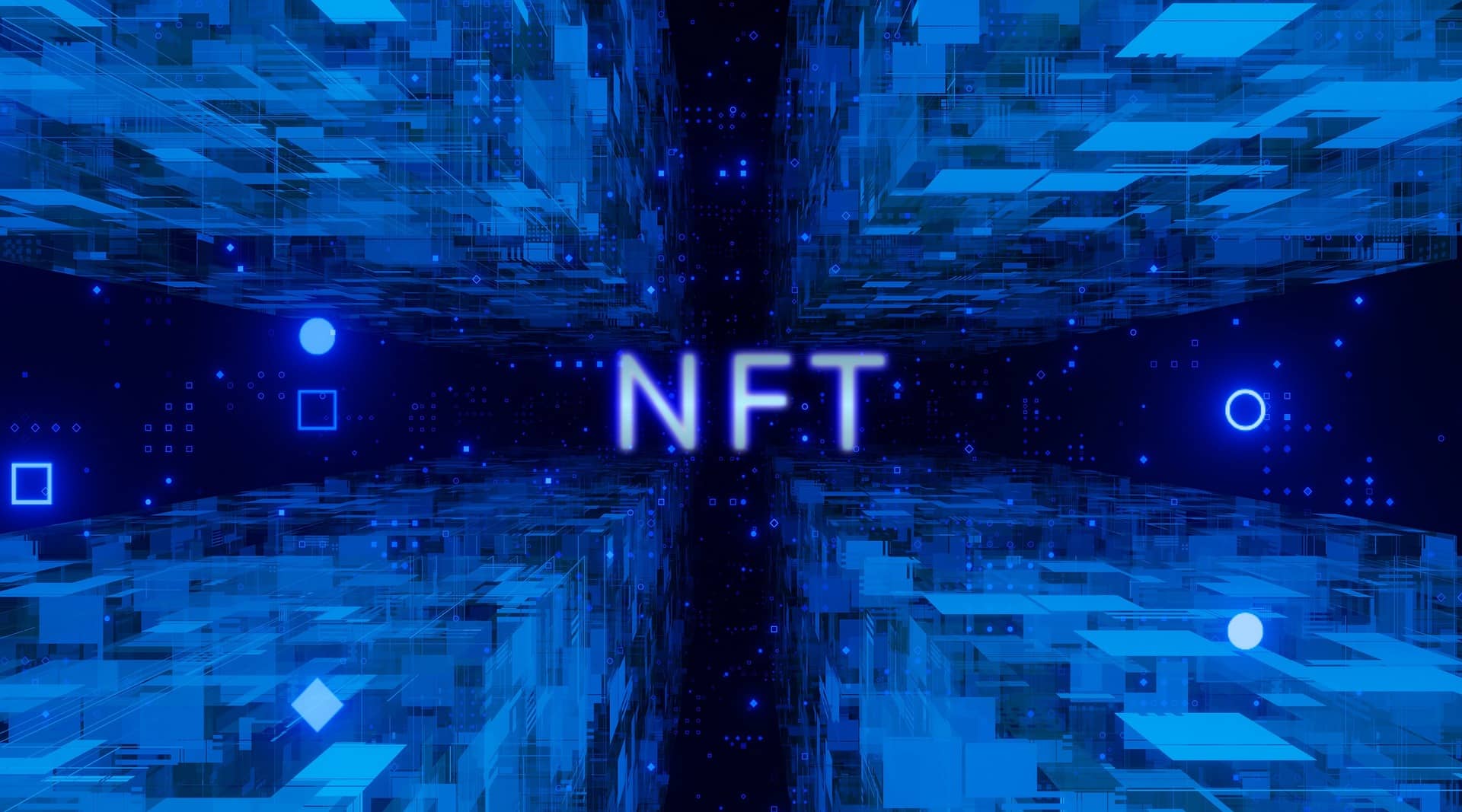According to the latest McKinsey report, revenues generated by fintech startups will grow eightfold to $30 billion by 2025. This projected success is driven by startups building innovative fintech products, the need to eradicate financial exclusion, and strong corporate investment interest.
Michael Bowren, co-founder of Finch Technologies | picture provided
Fintech is the fastest-growing startup industry in Africa, with over 5,200 companies spread across the continent by 2022. The rapid expansion has been fueled in part by the increasingly young, tech-savvy and urban population. These consumers are looking for user-friendly and advanced digital financial solutions, instead of traditional and often slow-moving services.
If fintech startups want to dominate their respective sectors, there are three trends expected to gain momentum in 2023 and beyond:
1. Financial inclusion driven by strategic partnerships
At the forefront of fintech’s triumph in Africa is the need to serve the unbanked. Financial inclusion has long been a buzzword, but startups that truly use this goal as a catalyst will see far greater success.
According to Oxford’s Business Group, 23.5% of South Africans will still be unbanked in 2022, but on the flip side, there has been a 20% increase in Africans accessing formal financial services since 2011. The reality is that if financial services inclusion is the end goal, we have to make room for everyone at the table. Technology companies that operate in silos and steer away from their competitors will not thrive at the same rate as those that collaborate with their colleagues.
Strategic partnerships are essential for building better products and improving digital competence. Companies such as PayFast, Finch Technologies and Loop have seen the value in collaborating with innovative startups and solution providers. 2023 will see an even more focused effort from startups to collaborate and integrate with other technology solution providers. Essentially, fintech startups need to focus on their core product to succeed, and if there is a gap in their current solutions, they should seek out partners that offer those solutions.
In the lending area, we have seen the emergence of financial comparison platforms such as Hippo and FundingHub. This is prompted by consumers who want easier, simpler and more affordable access to finance. FundingHub has seen the value of building strong partnerships with lenders and because of this they were able to create a platform that benefits consumers and allows them to make better informed financial decisions.
2. Africa continues to be a hotbed for investment
The startup landscape has matured significantly with banks and government organizations creating enabling mechanisms that support the startup community.
With 200+ incubators in South Africa alone, there will not only be an increase in incubators and accelerators, but fintech startups that see the value of joining these networks. Powerhouses such as Google Launchpad Accelerator Africa, Grindstone and Antler continue to catapult African fintech startups into international markets.
On the flip side, we see an increasing number of “The Big 5” banks, such as Standard Bank and FNB, investing in accelerator programmes. Banks use incubators as an opportunity to find the best talent and products, with fintech startups accessing the funding and guidance they need to run their businesses.
African fintechs have secured almost $900 million from both local and foreign investors in 2022, and 25% of this was allocated to South Africa. The continent is emerging as a hotbed for foreign investment, this is mainly due to the increase in mobile penetration, better internet infrastructure and a growing fintech startup ecosystem.
Over a third of VC investments in Africa are from the US, in addition to large international companies such as Visa and Fidelity taking large stakes in South African fintech. A payment model to watch out for in 2023, which has received a lot of investment interest in 2022, is buy-now-pay-later (BNPL). These fintech startups have become attractive to consumers, due to the payment models’ ease of payment, easy approval process and lack of interest.
3. The growing need for low-code/no-code infrastructure
Startups that are able to build solutions that offer low-code/no-code infrastructure for entrepreneurs will gain increasing importance in the new year. According to Gartner, by 2025, 70% of new applications developed by enterprises will use no-code or low-code technology.
Low-code/no-code fintech infrastructures allow businesses to offer their consumers financial services without having to spend a ton of capital to build out an engineering team. These products are designed for quick and easy implementation without the need for coding.
Microsoft estimates that by 2026, over 500 million new apps will be built. If companies want to be able to meet the growing needs of their consumers, they need to put aside the old infrastructure and let low-code solutions carry the burden.
All rights reserved. © 2022. Bizcommunity.com Powered by SyndiGate Media Inc. (Syndigate.info).
Michael Bowren


























